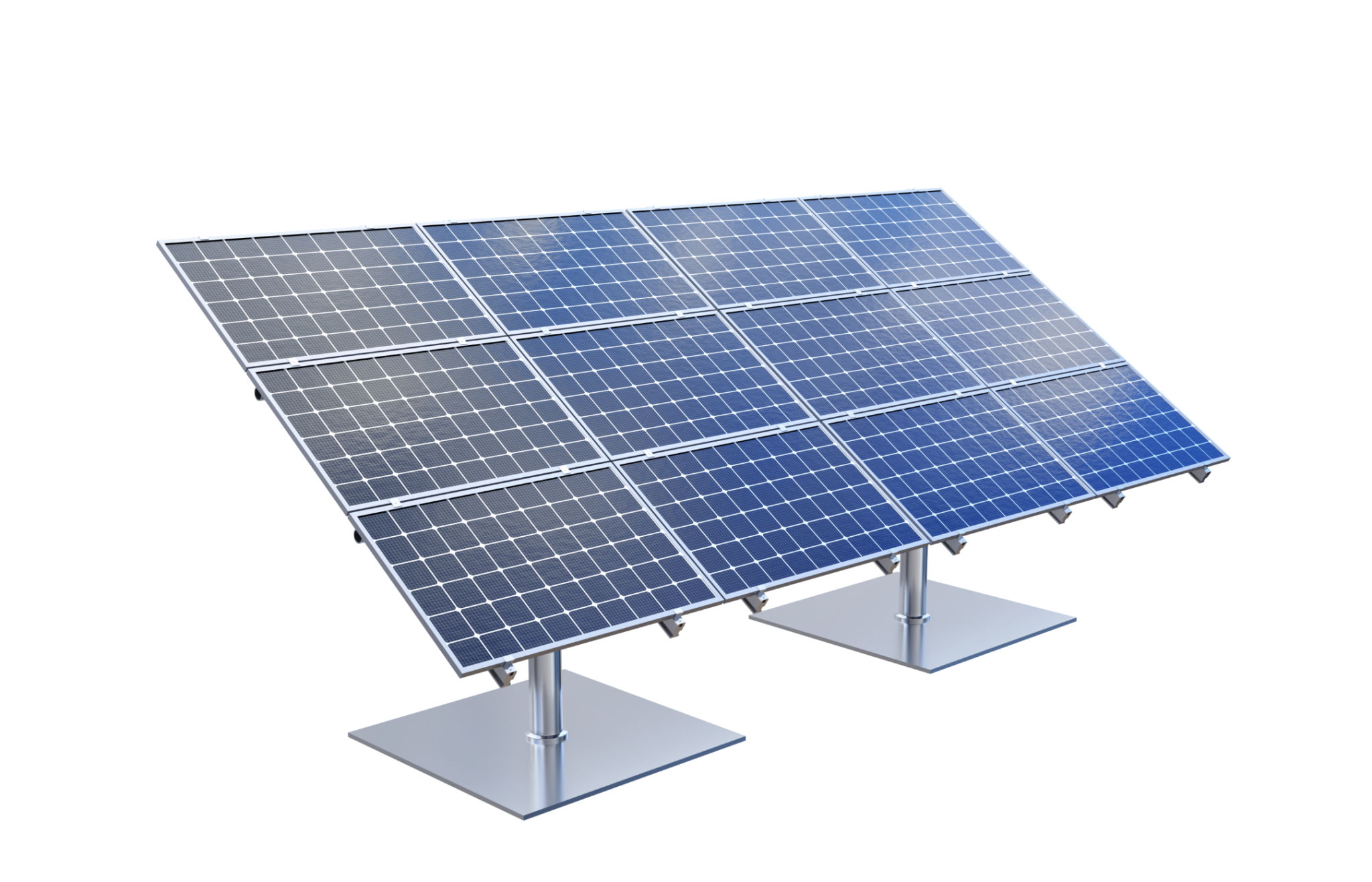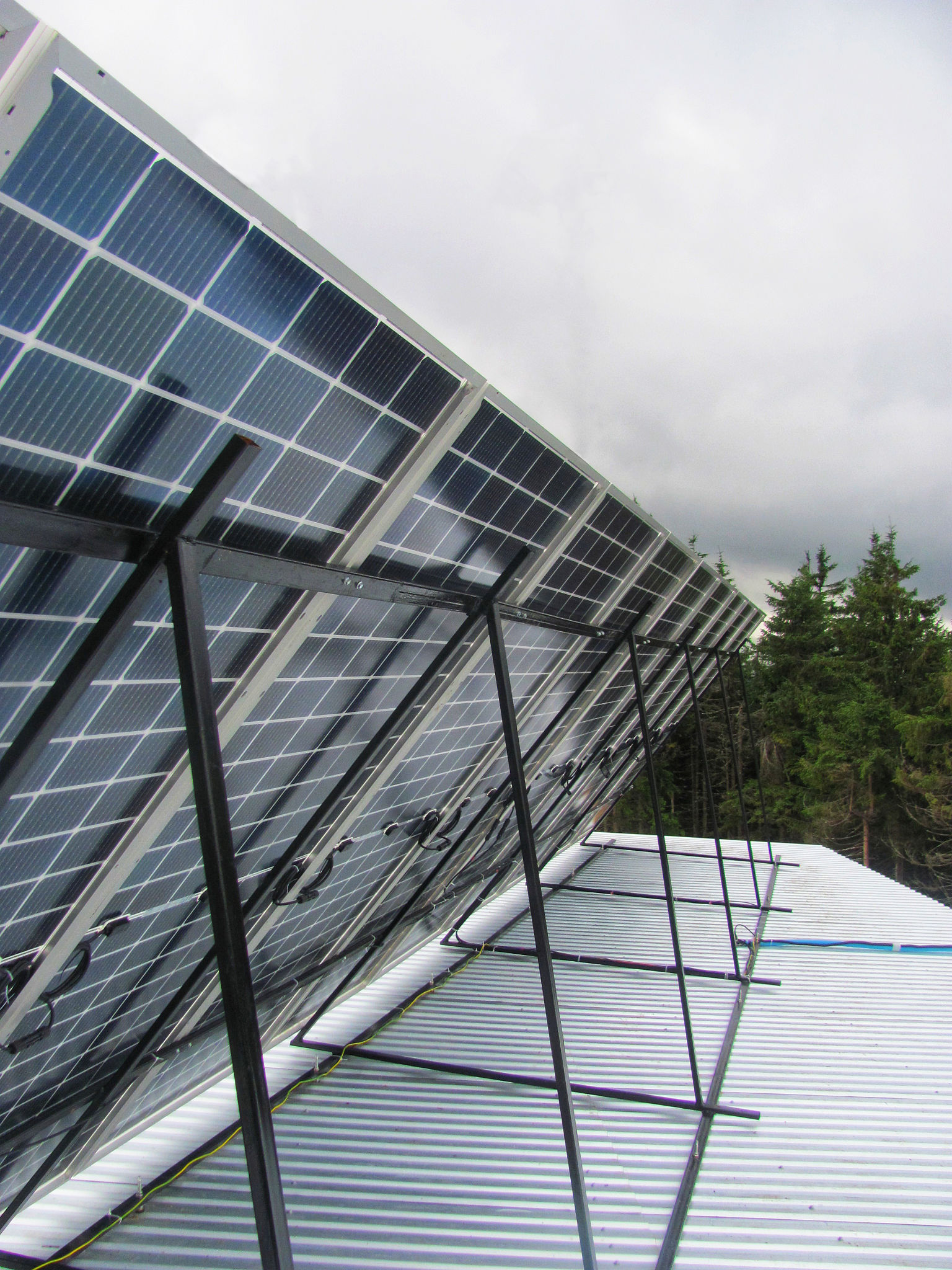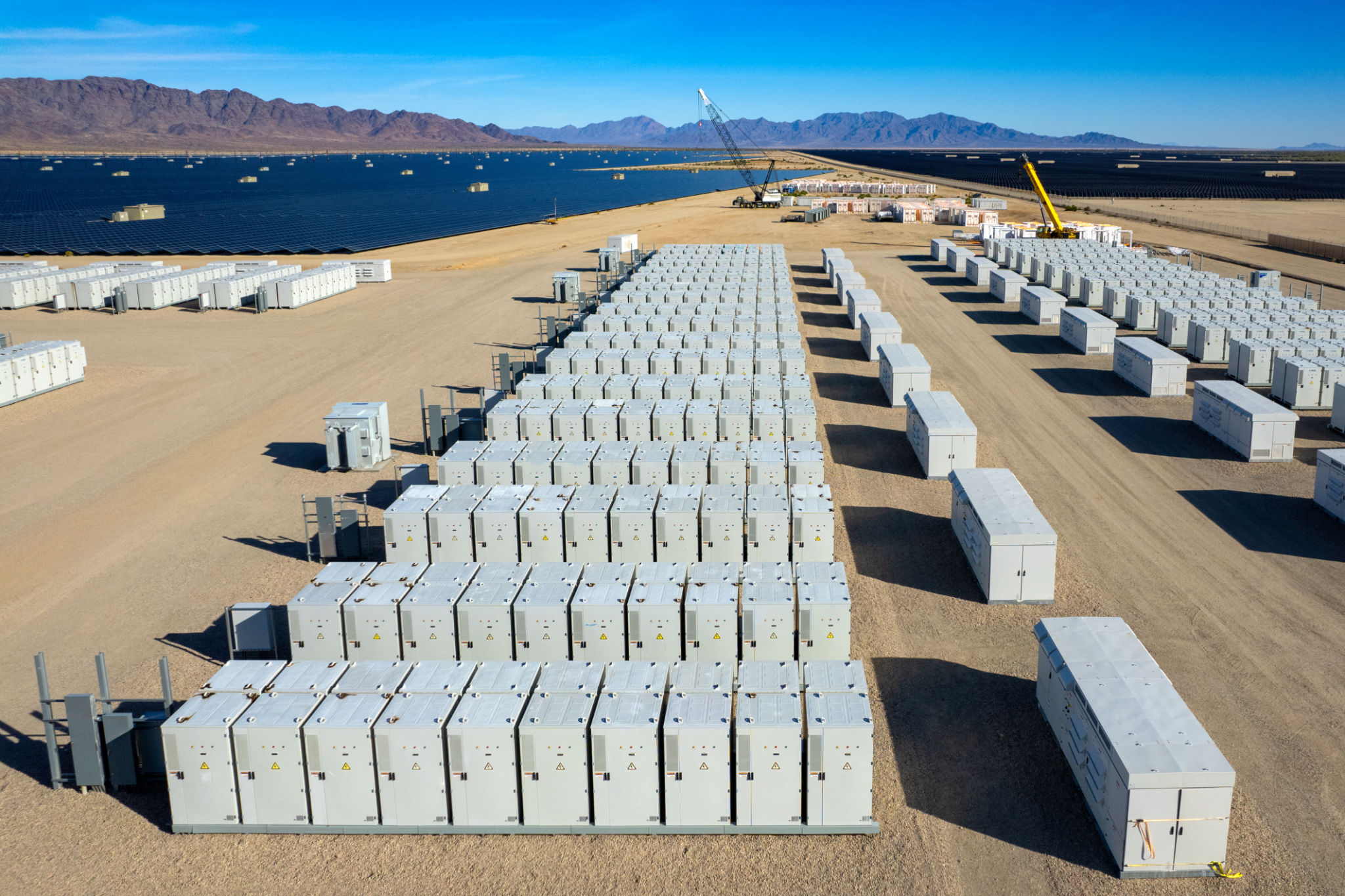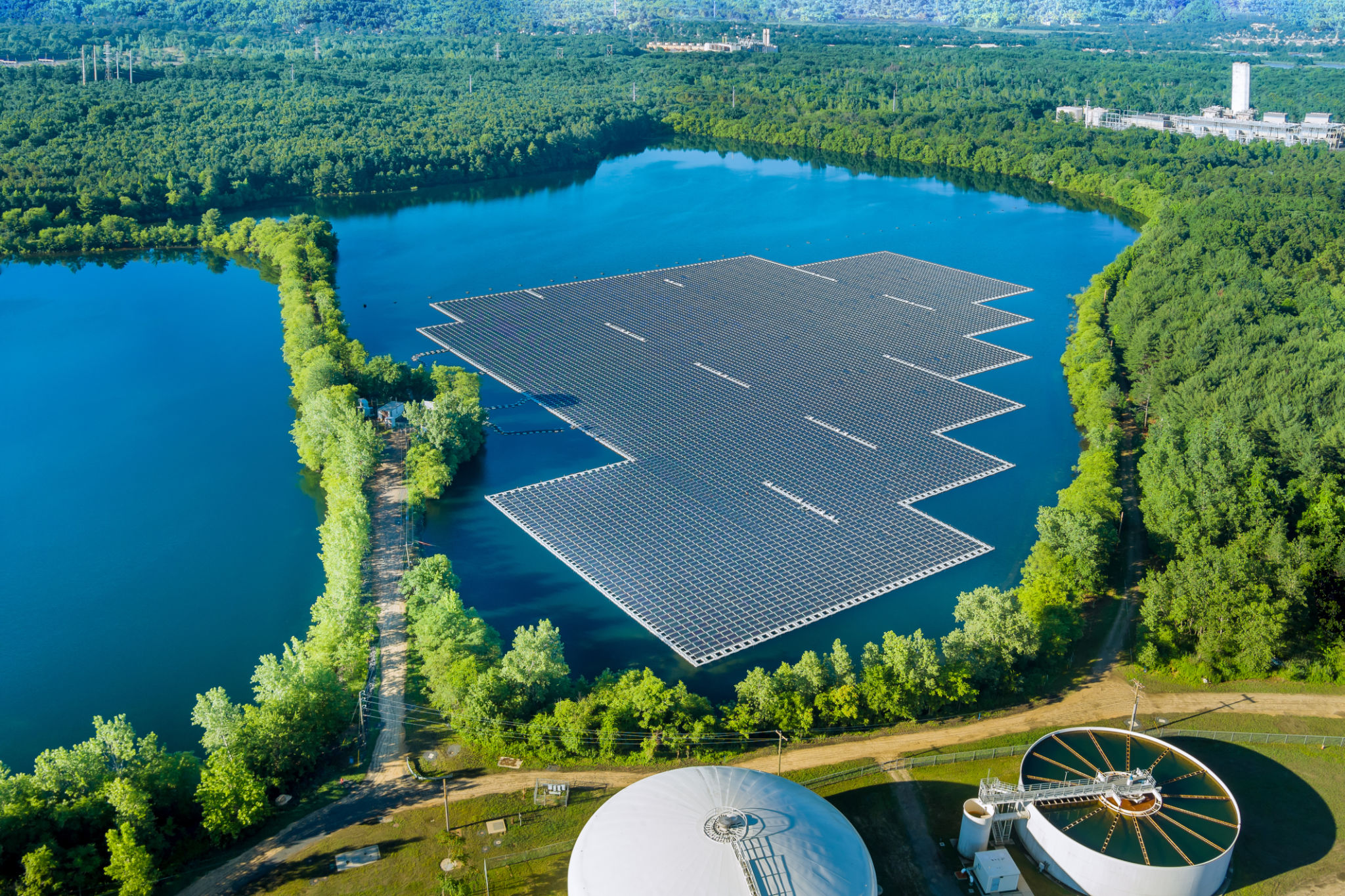Innovative Trends in Solar Technology: What to Expect
Introduction to Solar Technology Trends
As the world increasingly shifts towards sustainable energy solutions, solar technology continues to be at the forefront of this transformation. From efficient solar panels to innovative energy storage solutions, the advancements in solar technology are evolving at a rapid pace. This blog post explores some of the key trends that are shaping the future of solar energy.
With climate change concerns and the need for clean energy growing, the solar industry has seen a surge in innovation. As more countries and businesses commit to reducing carbon emissions, the demand for advanced solar technologies is higher than ever.

Emergence of Bifacial Solar Panels
Bifacial solar panels are becoming increasingly popular due to their ability to capture sunlight from both sides. This innovative design allows for greater energy absorption and efficiency, leading to increased power output. Unlike traditional solar panels, bifacial panels can utilize reflected sunlight from surfaces like rooftops or the ground.
The increased efficiency of bifacial panels makes them a cost-effective solution for many large-scale solar projects. As manufacturing processes improve and costs decrease, bifacial panels are expected to become a standard in the industry.

Integration of AI and IoT in Solar Systems
The integration of Artificial Intelligence (AI) and the Internet of Things (IoT) into solar systems is set to revolutionize how solar energy is managed and consumed. AI can optimize energy production and consumption by predicting weather patterns and adjusting the system accordingly. This smart technology ensures maximum efficiency and reduces waste.
IoT devices enable real-time monitoring and control of solar installations, providing valuable insights into system performance and maintenance needs. This connectivity allows for proactive management, reducing downtime and enhancing overall system reliability.

Advancements in Energy Storage Solutions
Effective energy storage is crucial for overcoming the intermittent nature of solar power. Recent advancements in battery technology have significantly improved storage capabilities, enabling longer storage durations and higher capacity. Lithium-ion batteries remain popular, but new alternatives like solid-state batteries are gaining attention for their enhanced safety and performance.
These innovative storage solutions are crucial for ensuring a stable power supply, especially during periods of low sunlight or high demand. As technology evolves, we can expect further improvements that will make solar energy an even more viable option for consumers worldwide.

Floating Solar Farms
Floating solar farms are another exciting trend in the industry. These installations are set up on bodies of water such as lakes or reservoirs, providing several advantages over traditional land-based systems. They help conserve land space, reduce water evaporation, and can even improve panel efficiency due to the cooling effect of water.
As suitable land becomes scarce, floating solar farms offer a viable solution for expanding solar capacity without competing with agricultural or urban land use. More countries are beginning to adopt this approach as part of their renewable energy strategies.

Conclusion
The landscape of solar technology is rapidly changing as new innovations emerge. From bifacial panels to floating farms, these trends not only enhance efficiency but also make solar energy more accessible and sustainable. As we look towards a cleaner future, the continued advancement of solar technology will play a pivotal role in achieving global energy goals.
Keeping an eye on these trends will be essential for anyone involved in the renewable energy sector, as they represent the forefront of sustainable solutions. Embracing these innovations will not only benefit the environment but also drive growth and development within the industry.